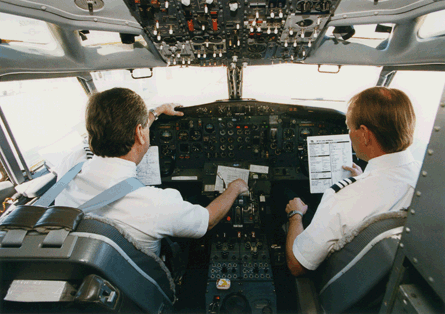Jeff Martin certainly has his work cut out for the next three years as part of what Southwest Airlines terms its "automation transformation".
Martin is senior director of flight operations for Southwest and last year's $175 million decision to implement required navigation performance (RNP) procedures at the 64 airports it serves was momentous in its scale.
Not only does it represent a root and branch transition to required navigation performance but also a comprehensive shift from the US carrier's basic "round-dial" cockpit philosophy.
Last year, pilots started training on autothrottles which even in the Boeing Next Generation 737 fleet had been deactivated because until that point flightcrews had all been standardised on the classic 737 cockpit.
 |
|---|
© Southwest Airlines |
Not only that, but they were all engaged in learning a new automation philosophy as well as vertical navigation techniques - essentially, perfecting cruise control and descent profiles.
"We've had very good utilisation numbers from pilots since 12 January," says Martin.
There will be a further three tranches of pilot training: a period of ground school training before simulator training sessions at Dallas followed by a stint of pure RNP training next year.
"That will deliver 100% RNP capability across the Next Generation fleet," says Martin.
In addition to training more than 5,700 pilots and developing charted procedures, Southwest's 115 737 classic aircraft will be modified before 2013 with glass cockpits to be RNP-capable, effectively mimicking the displays in Next Generation aircraft.
Martin will not be drawn on the location of the next airport where it plans to develop RNP procedures, but says: "It's easier to do demonstrations at a medium-sized airport."
He adds: "Southwest is only interested in procedures that will be carbon negative."
Martin says that working very closely with the US Federal Aviation Administration on designing procedures is essential and that Southwest is hoping to secure approvals within the next quarter.
"All carriers are investing heavily in this NextGen-type technology. The FAA knows our timeline.
"They are on the page and they know what we expect of them," he says.
Source: Flight International
















